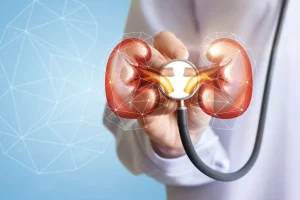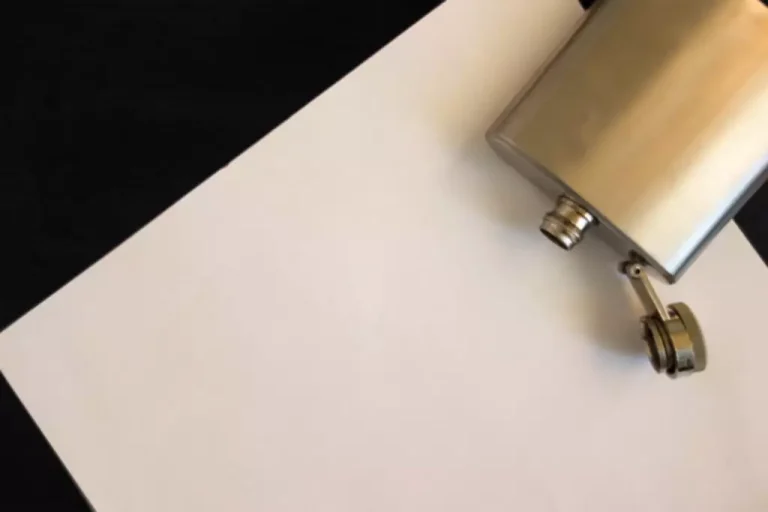
If you are struggling with alcohol abuse or other dependency issues, there are many resources that are ready to help. A second explanation for the results presented in our meta-analysis might encompass a certain protective role of alcohol with regards to migraine. However, according to this idea, populations with higher migraine prevalence should have lower alcohol consumption. For example, due to religious requirements, people in Iran consume considerably less alcohol than Europeans [22, 84]; nevertheless, migraine prevalence in Iran is 15.1% [85] while in Europe it is 35% [86]. In Europe, alcohol consumption is higher than in Asian countries, but in Europe alcohol as a trigger is reported more frequently than it is in Asia [87].
Alcohol Use as a Comorbidity and Precipitant of Primary Headache: Review and Meta-analysis
- Red wine strongly inhibits the binding of 5-HT to 5-HT1 receptors; white wine possesses this ability to a much lesser extent [47].
- While migraine is a common disease that affects 39 million Americans, no two migraine experiences are the same.
- At present, most studies seem to link to headaches after alcohol to congeners, a byproduct of alcohol, most commonly found in darker drinks, such as whiskey, brandy and red wine.
- As dehydration can cause headaches, staying hydrated when consuming alcohol is key.
- Hangovers can last up to 72 hours after drinking, but most are shorter in duration.
Alcohol inhibits antidiuretic hormones, which cause people to urinate more frequently, removing water from the body—and further interrupting sleep. Add the disruptive effects of altitude on breathing and rest, and you have a recipe for a fairly restless flight. Sleep quality and duration already suffer at high altitude, even for healthy and sober folks, according to Luks. “People spend much less time in the deeper stages of sleep and in REM sleep,” he says. Lower oxygen levels cause people to wake up more frequently and experience periods of breathing punctuated by periods of apnea, a phenomenon called periodic breathing. Dehydration means your body doesn’t have enough water to function well.

Previous PostMaking Lifestyle Changes to Avoid Headaches
While the acute widening of blood vessels in the brain (called vasodilation) may explain the cocktail headache, this is likely not the mechanism for hangover headaches (when alcohol levels in the blood have declined to zero). If drinking alcohol appears to be a potent headache trigger for you, then, by all means, abstain from it. But if a cocktail with friends once in a while or a glass of wine with your dinner on Saturday night does not seem to trigger a bad headache, then it’s probably OK. Talk to your doctor about any concerns and about whether it is safe to drink alcohol with any medications you are taking. Staying hydrated and keeping alcohol consumption to a minimum can decrease the chance of experiencing a headache.
Data extraction

Finally time to unwind—and there’s nothing like a Bloody Mary or a glass of wine to help you doze off for a few hours, right? Perhaps you consider a drink-induced nap a necessity, alcohol and headaches to stave off jet lag or anxiety. If you need assistance, Koob recommends talking to your primary care physician or thumbing through the NIAAA’s treatment navigator.

In cases of conflict between authors in terms of the inclusion of a particular paper, the fourth researcher (MWP) decided upon a solution to the problem following discussion. People who have frequent migraine attacks may wish to consider migraine prevention medications such as topiramate (Topamax), divalproex (Depakote), or propranolol (Inderal). Although genetic factors influence the risk of having migraine, environmental triggers can cause episodes or increase their frequency. If alcohol is a headache trigger for you, think before you drink.
For some people, it could be the amount of alcohol consumed that triggers an attack. For example, wine may be a trigger for some but whiskey may not have an influence. However, if you still experience a migraine attack after drinking any kind of alcohol, the best solution is to avoid alcohol altogether. Brandy, red wine, and rum have the highest levels of congeners, while gin and vodka contain fewer of these chemicals.
These are the biggest health challenges women will face in their lifetimes
Whereas the World Health Organization (WHO) states that there is no safe alcohol dose [19], Panconesi et al. conclude that low consumption is not a contraindication for headache patients [79]. However, each patient makes individual decisions based on their own experience. Headache after a certain amount of alcohol is likely to induce behavioral reactions (i.e., alcohol-intake adjustment). Similarly, common beliefs may influence patients habits, e.g., the conviction that “red wine causes migraine”, even if studies present conflicting evidence [80, 81]. Consequently, it seems likely that people with migraine to some extent avoid alcohol, which would be one interpretation of our results. ADs have been reported to trigger the principal types of primary headaches.
Three studies were evaluated as moderate risk, with 6 “yes” answers [44, 57, 59]. Two of the remaining cross-sectional papers achieved seven or eight points and therefore were low bias-risk [26, 27]. Table 4 summarizes the assessment of the cross-sectional risk of bias.

